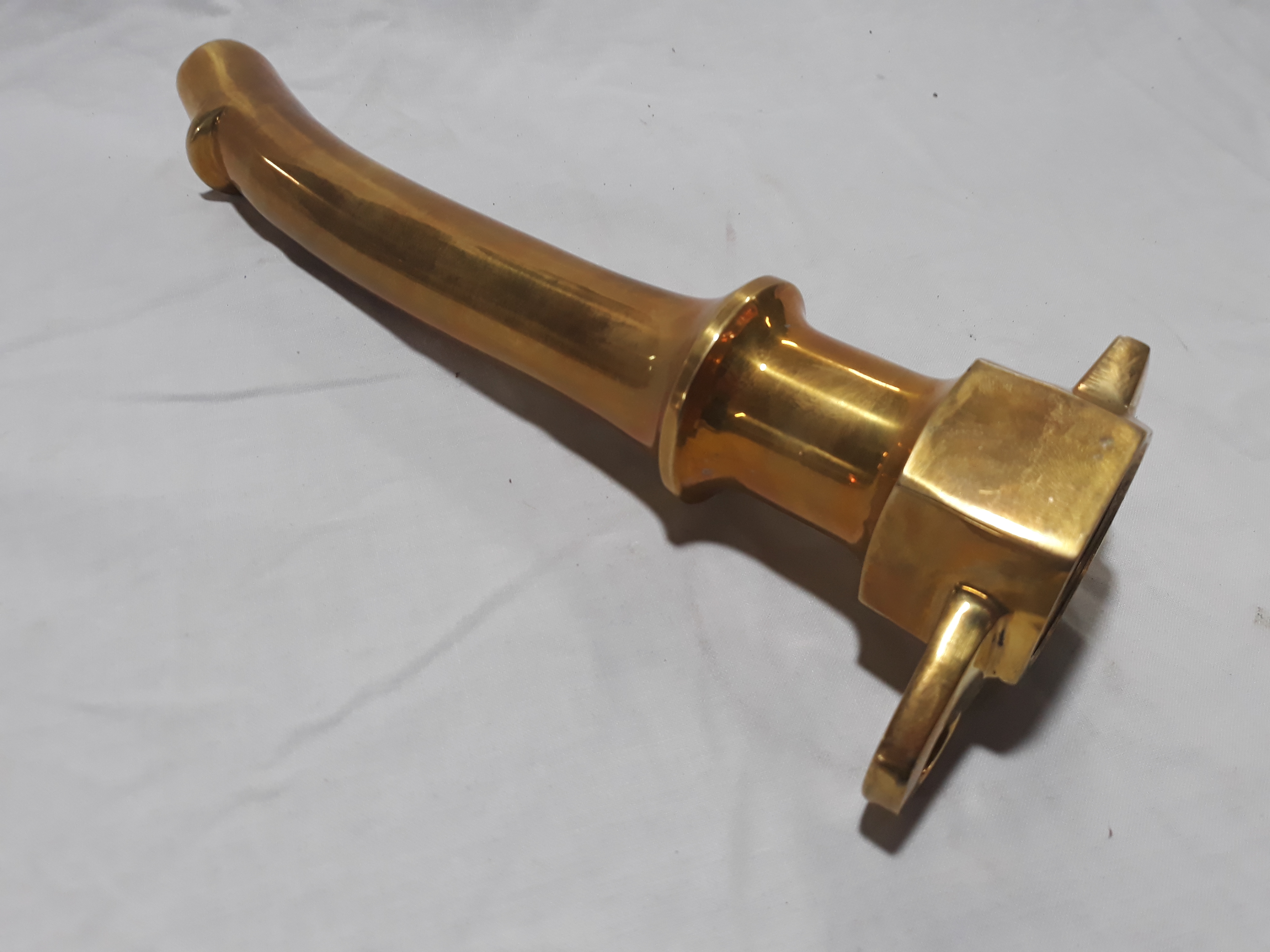

Therefore, for polymeric fluids typical to co-electrospinning, the question whether and when a core-shell jet can be formed is obviously cardinal. 1 are hollow, whereas the numerous intact carbon nanofibers also seen in the figure manifest the fact that PMMA solution has not been entrained in the as-spun jet, and the core-shell structure did not emerge. As a result, PMMA in the core was fully degraded and left the core as a volatile constituent, whereas PAN in the shell has been transformed into turbostratic carbon. The as-spun core-shell nanofibers were carbonized at elevated temperatures following Ref.


1 shows nanofibers made via co-electrospinning of two polymer solutions: polymethyl methacrylate (PMMA) in the core and polyacrylonitrile (PAN) in the shell. However, the analysis of the as-spun nanofibers shows that in several cases they do not possess a core-shell structure. The experiments on co-electrospinning 1,11 show that co-electrospun jets exhibit standard bending instability, probably affected to some extent by the two-fluid jet structure. The solvent eventually evaporates, the jet dries and solidifies, and as-spun fibers (with the core-shell structure and diameters typically in the submicron range) are deposited on a counterelectrode (ground). The jet exhibits the electrically induced bending instability initially discovered in electrospinning of single-fluid jets, 6–9 which results in strong stretching of the bending sections of the jet. By contrast in other cases the core-shell structure is preserved in the outflowing jet and co-electrospinning proceeds properly. In many cases the jet entrains only the shell solution, while that of the core is unaffected, so that even though the droplet has a core-shell structure, co-electrospinning does not occur. In the presence of a sufficiently strong electric field, such a droplet cannot sustain any steady-state configuration, and jetting sets in at its tip. At the spinneret exit a core-shell droplet emerges. 1–5 Polymer solutions (in immiscible or miscible solvents) are supplied from a spinneret consisting of two coaxial capillaries. The stress level at the core-shell interface is of the order of 5 × 10 3 g ∕ ( cm s 2 ), the relevant value in assessing the viability of viruses, bacteria, DNA molecules, drugs, enzymes, chromophores, and proteins to be encapsulated in nanofibers via co-electrospinning.Ĭo-electrospinning was proposed for manufacturing core-shell meso/nanofibers made of two different polymer materials. This reflects the fact that most of the prejetting evolution of the droplet can be effectively described in terms of the perfect conductor model, even though the fluids can be characterized as leaky dielectrics.
CORE SHELL NOZZLE FREE
The results also show that the free charges migrate very rapidly from both fluids and their interface to the free surface of the shell. The remedy lies in extending the core nozzle outside its shell counterpart by about half the radius of the latter. It is shown that the jetting effect at the tip of the shell nozzle does not necessarily cause entrainment of the core fluid, in which case the co-electrospinning process fails to produce core-shell nanofibers. The shape evolution of small compound droplets at the exit of a core-shell system in the presence of a sufficiently strong electric field is studied both experimentally and theoretically.


 0 kommentar(er)
0 kommentar(er)
